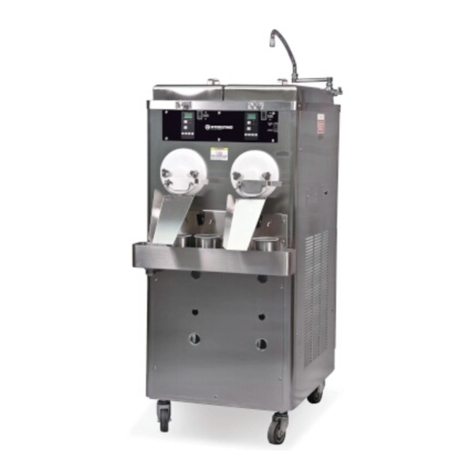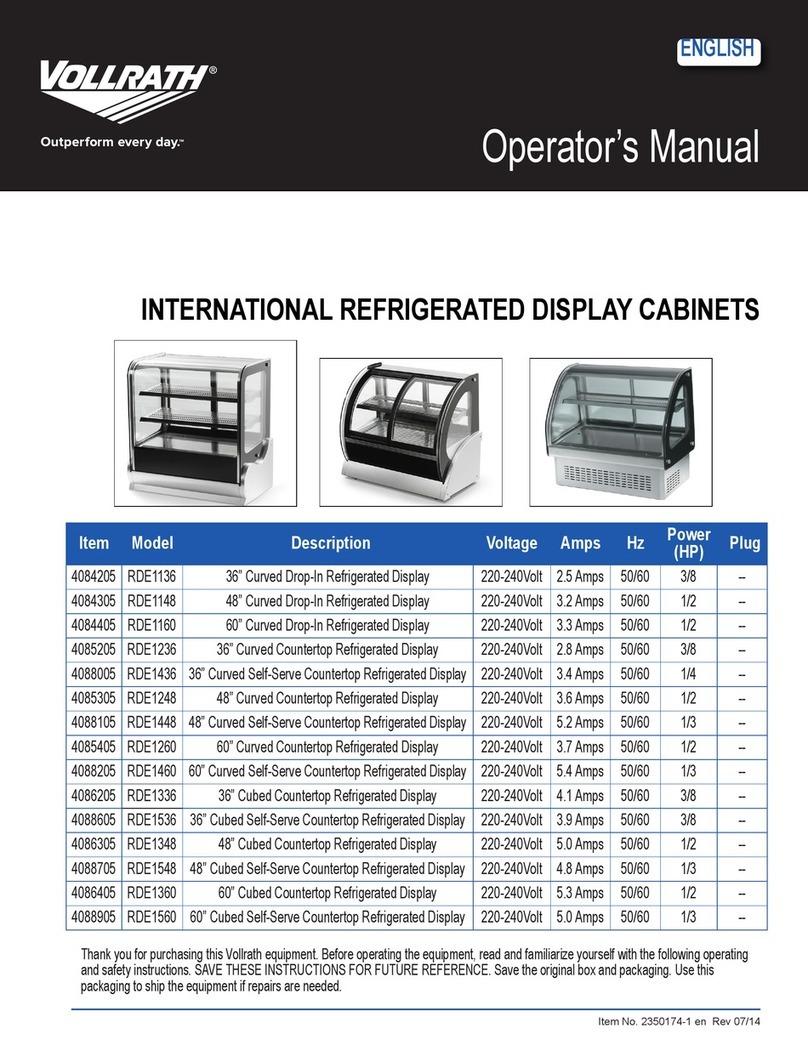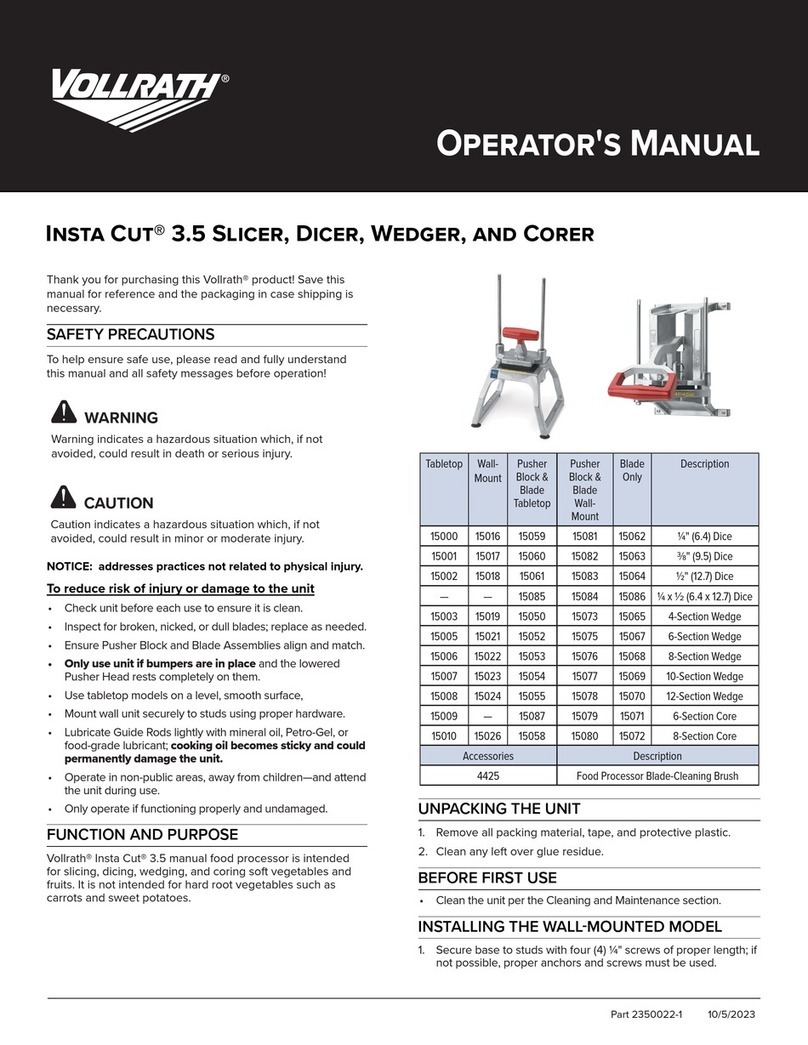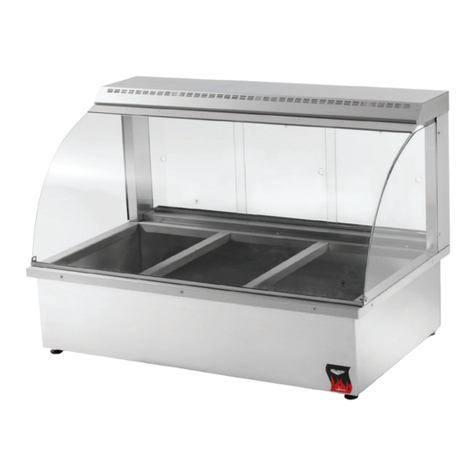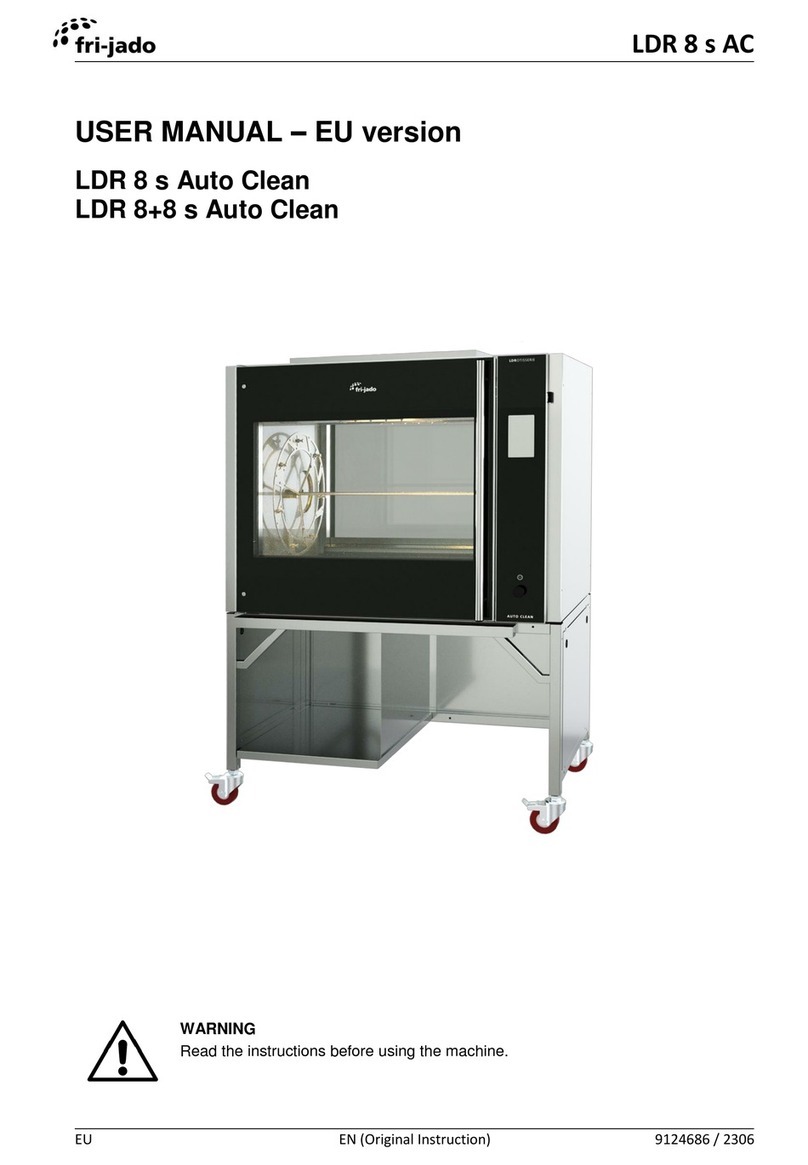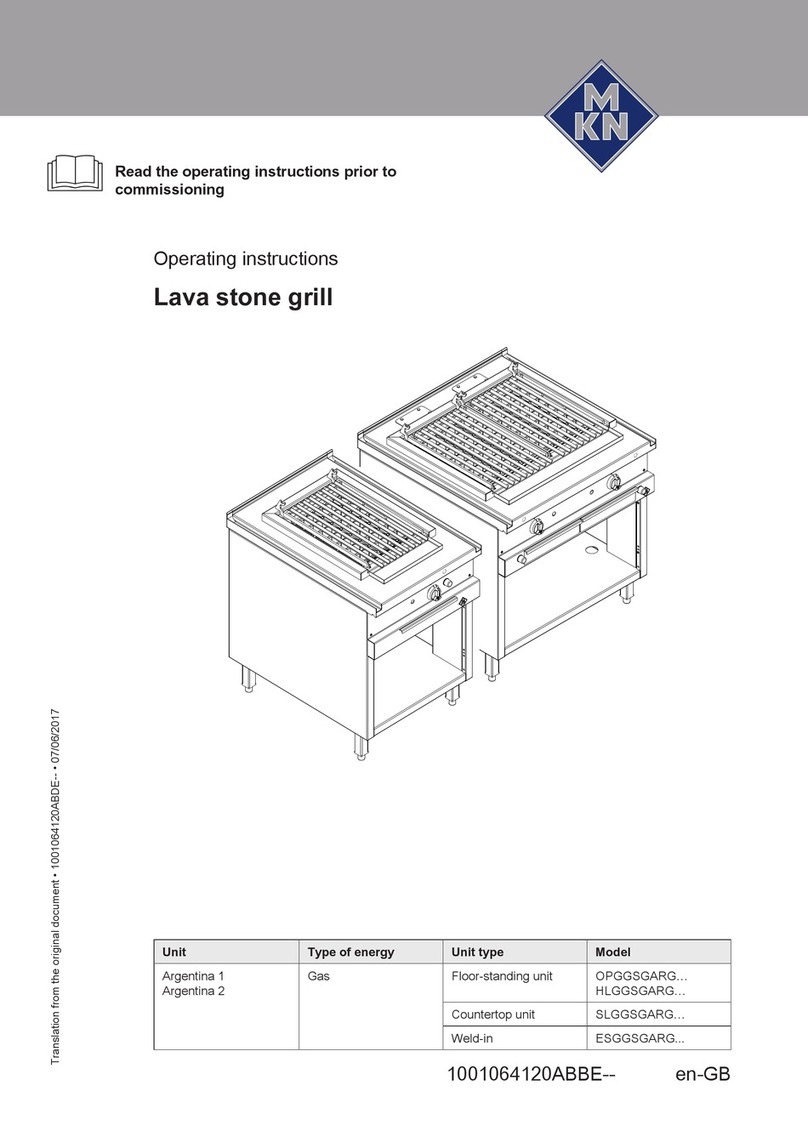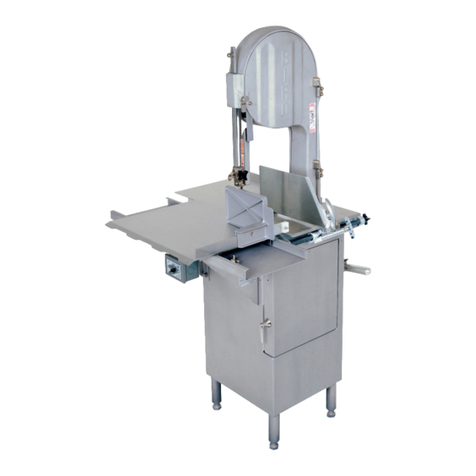Vollrath Stoelting CC Series User manual
Other Vollrath Commercial Food Equipment manuals
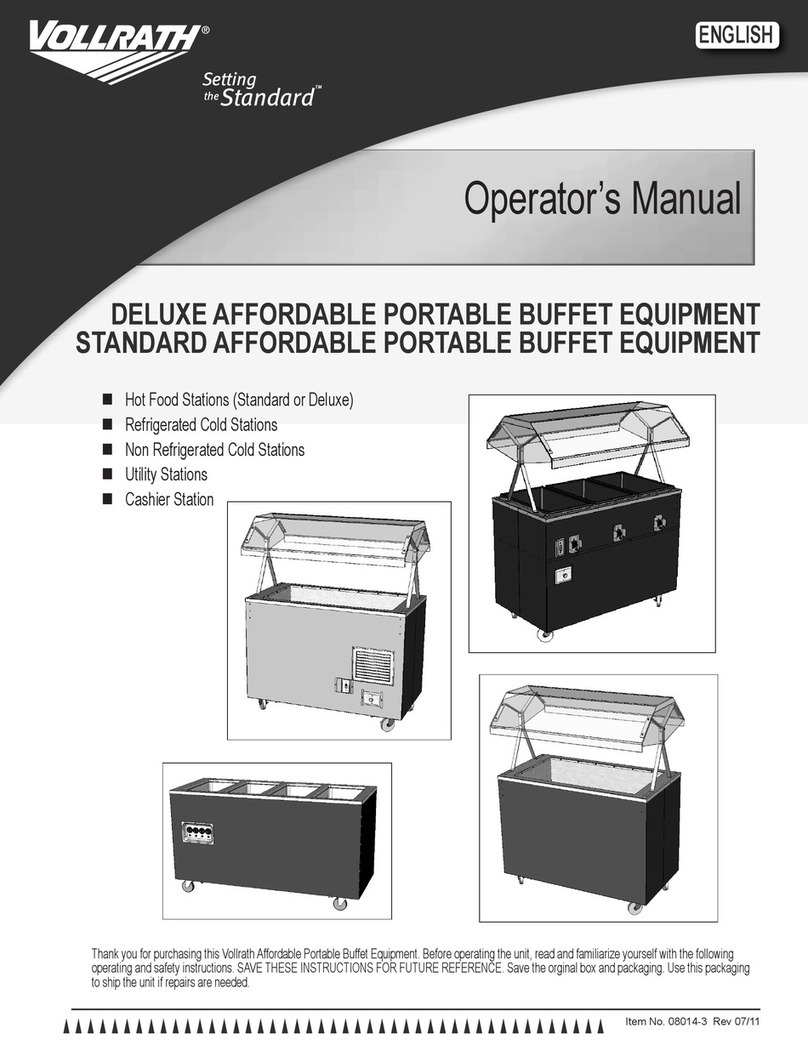
Vollrath
Vollrath DELUXE User manual

Vollrath
Vollrath LidSaver User manual
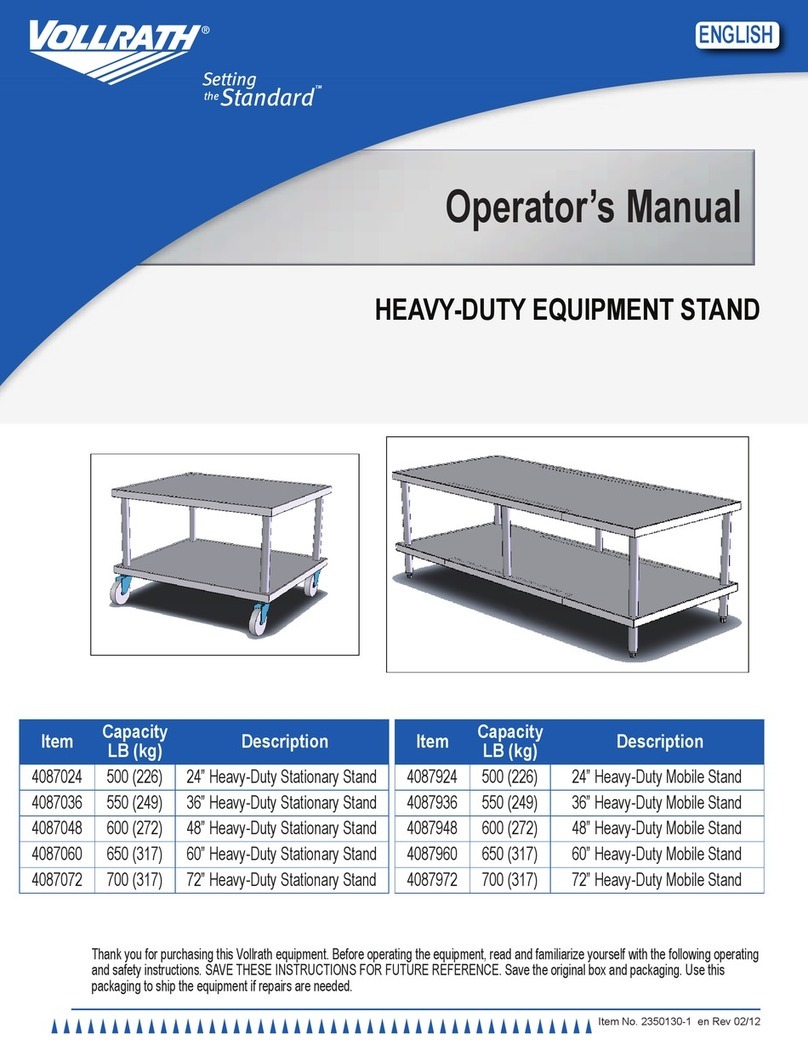
Vollrath
Vollrath 4087024 User manual
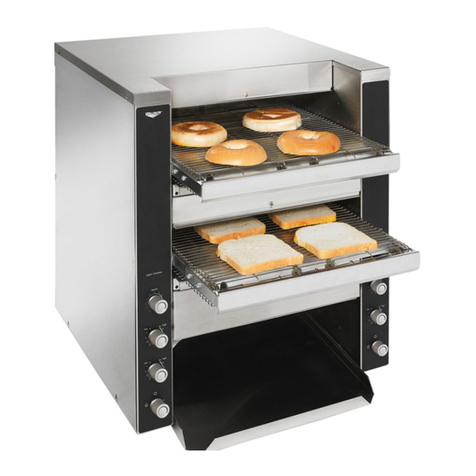
Vollrath
Vollrath JT4 User manual
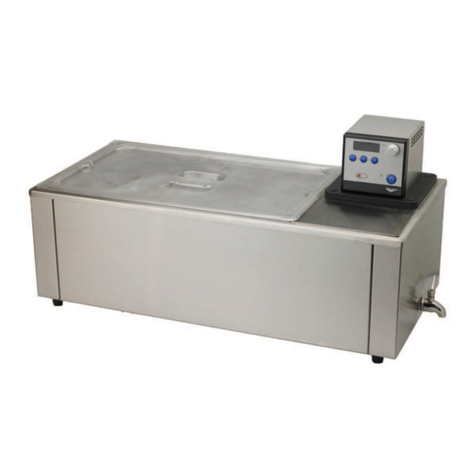
Vollrath
Vollrath 40868 User manual

Vollrath
Vollrath Stoelting U218 User manual
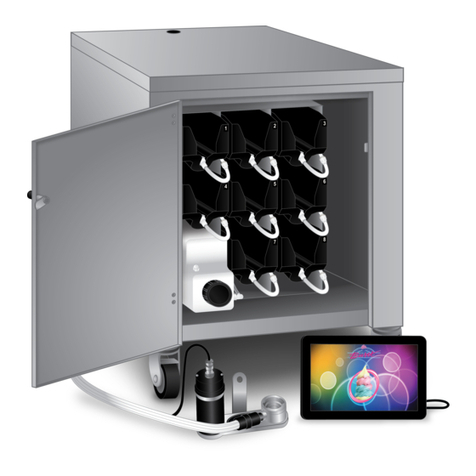
Vollrath
Vollrath STOELTING Flavor Burst STL-80BLD User manual
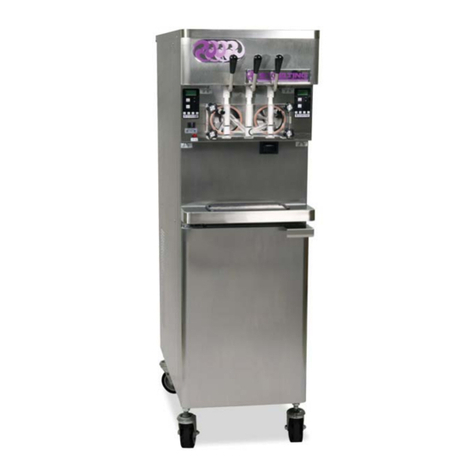
Vollrath
Vollrath Stoelting O431 User manual
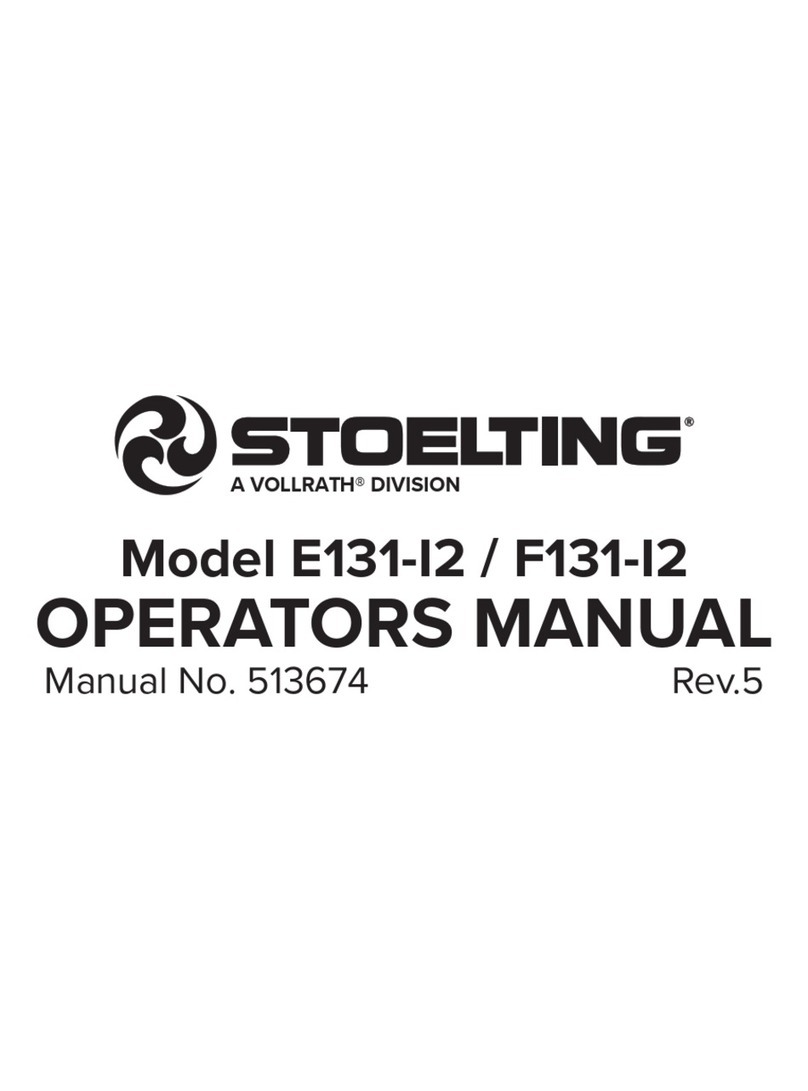
Vollrath
Vollrath Stoelting E131-I2 User manual
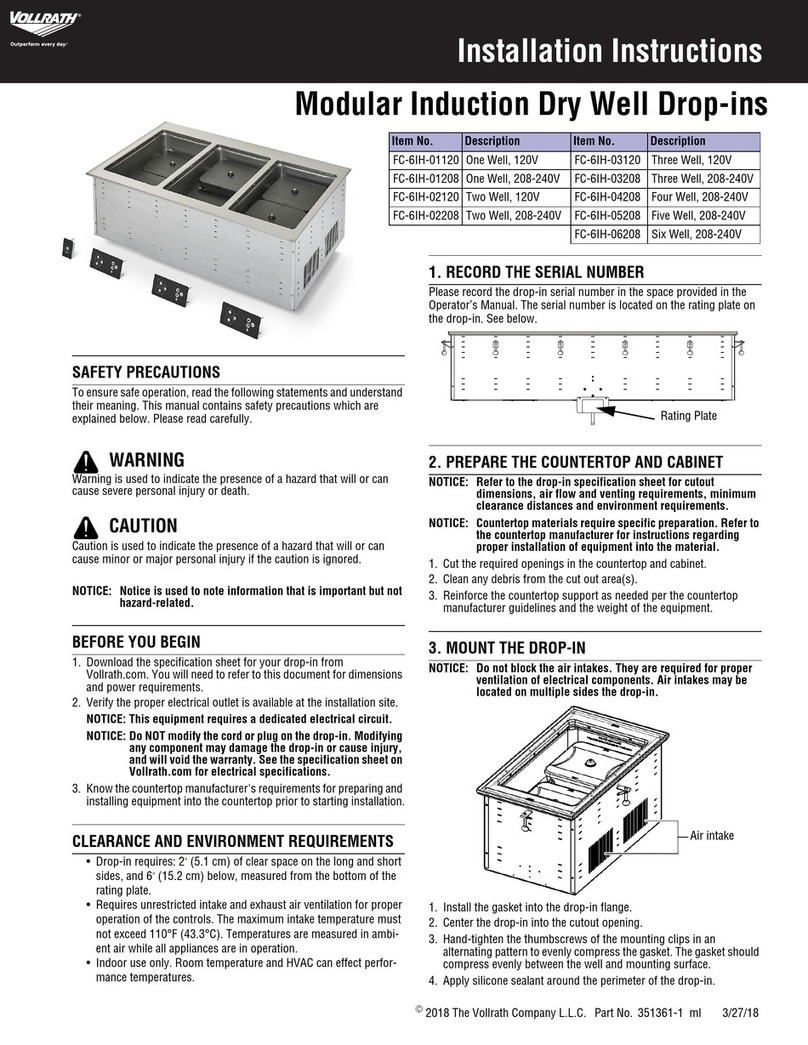
Vollrath
Vollrath FC-6IH-01120 User manual
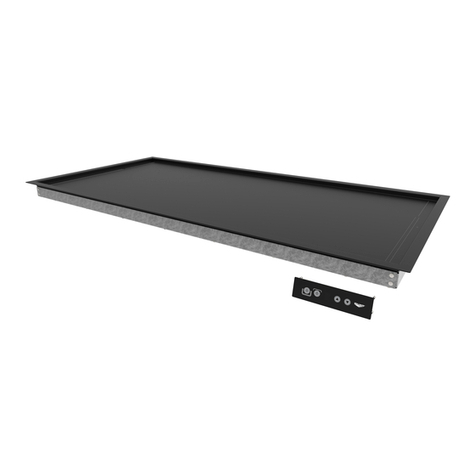
Vollrath
Vollrath FC-4HS-24120-SSR User manual
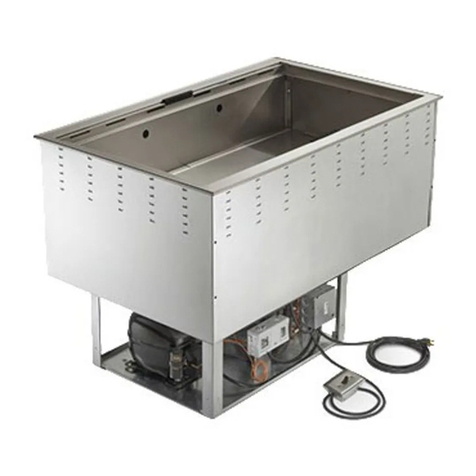
Vollrath
Vollrath FAC-3 User manual
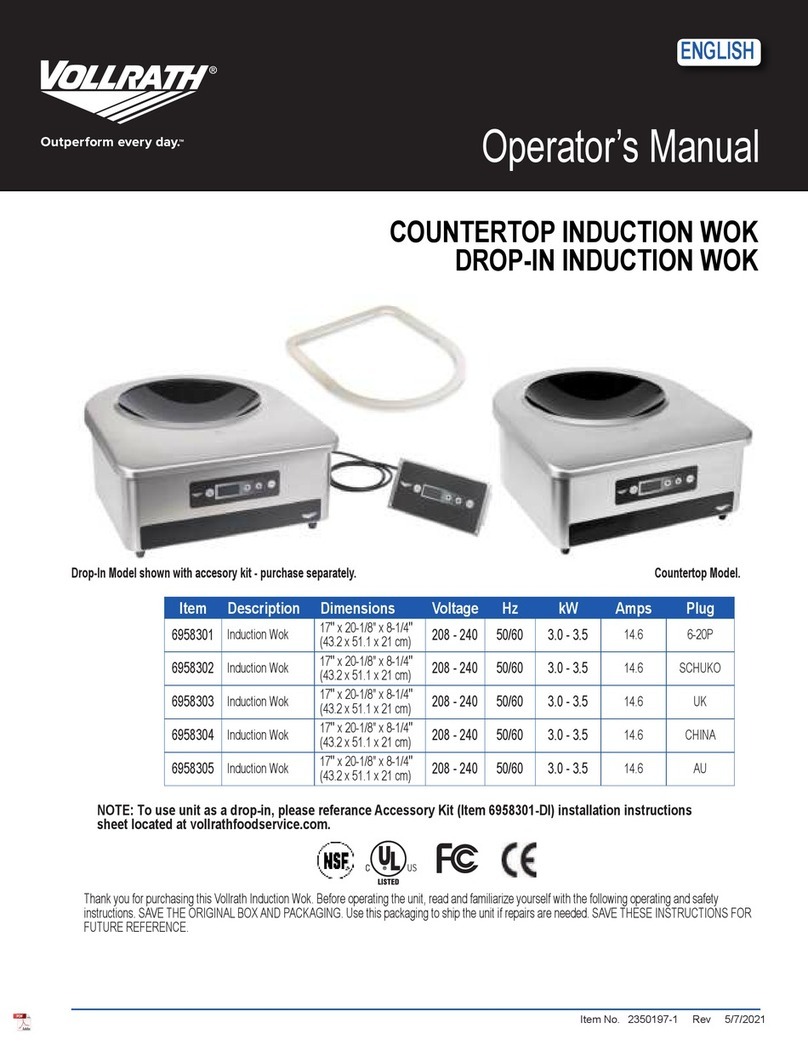
Vollrath
Vollrath 6958301 User manual
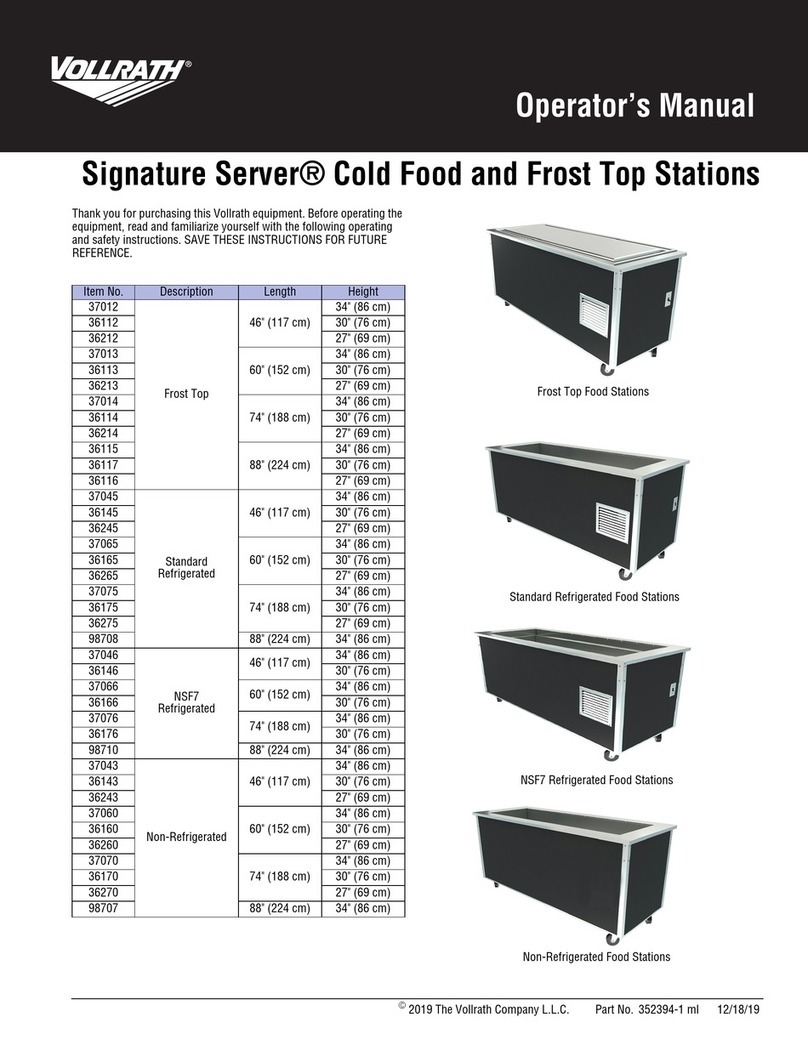
Vollrath
Vollrath Signature Server 37012 User manual

Vollrath
Vollrath KDC1418-4F-06 User manual
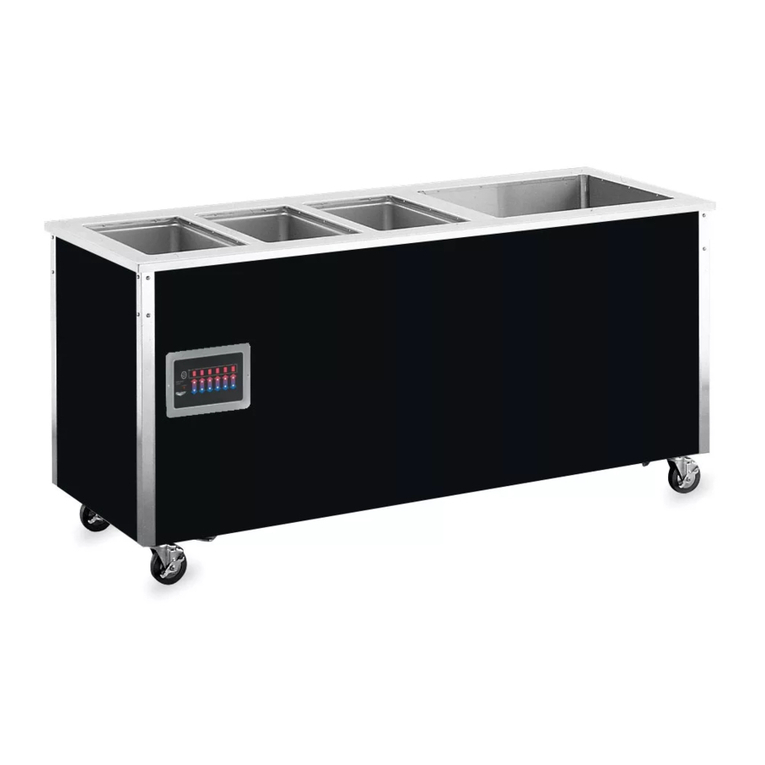
Vollrath
Vollrath Signature Server 37091 User manual

Vollrath
Vollrath Traex User manual
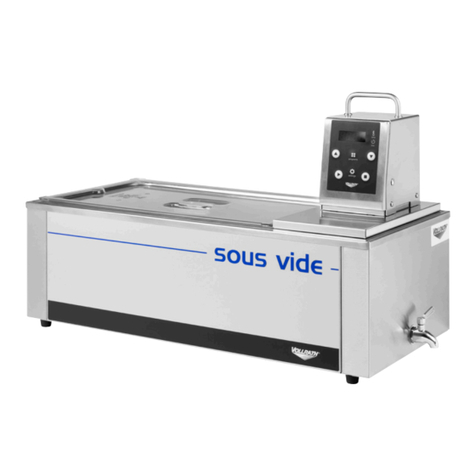
Vollrath
Vollrath 60038 User manual
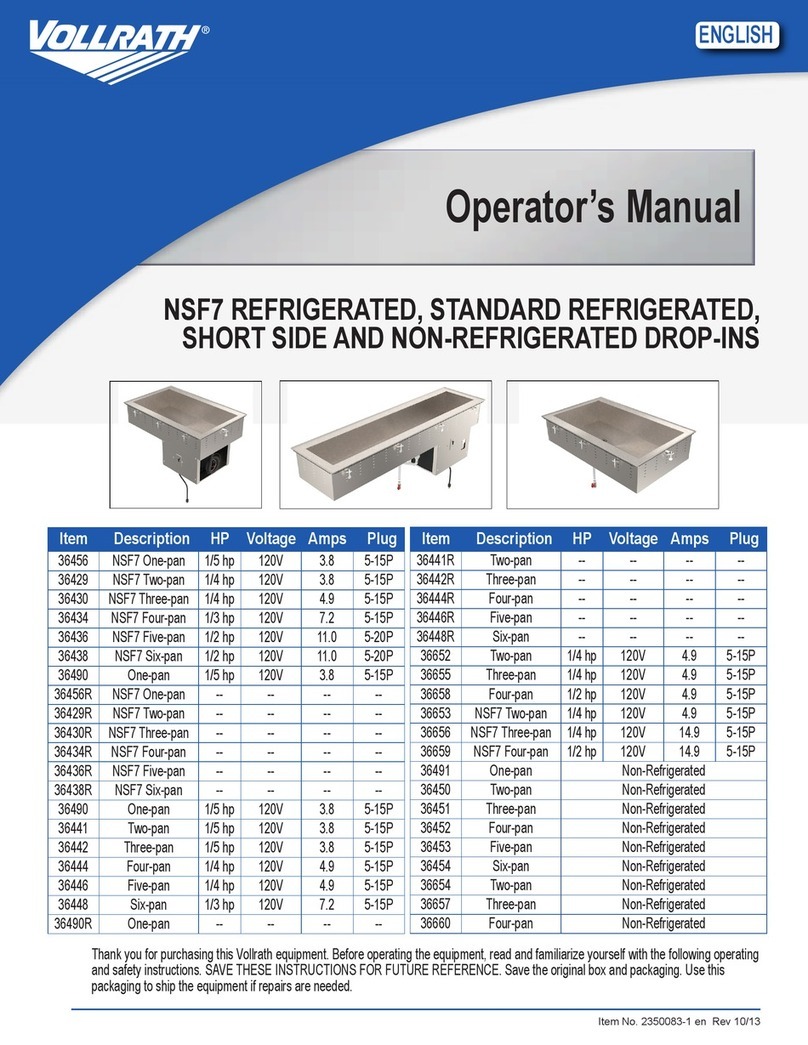
Vollrath
Vollrath 36456 User manual
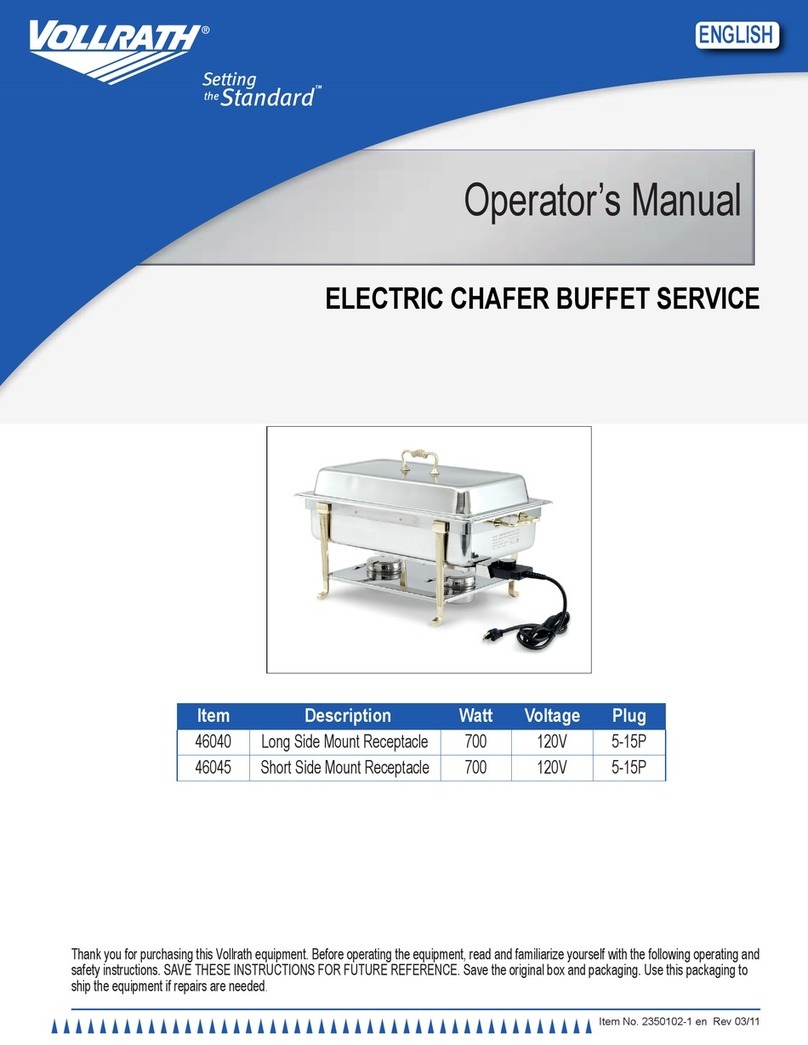
Vollrath
Vollrath 46040 User manual
Popular Commercial Food Equipment manuals by other brands

Blue Seal
Blue Seal EF30 Installation & operation manual

Tecfrigo
Tecfrigo Snelle 400 GS installation instructions

Follett
Follett PFT Series Operation and maintenance manual

MEFE
MEFE CAT 206 PTR User manual and maintenance
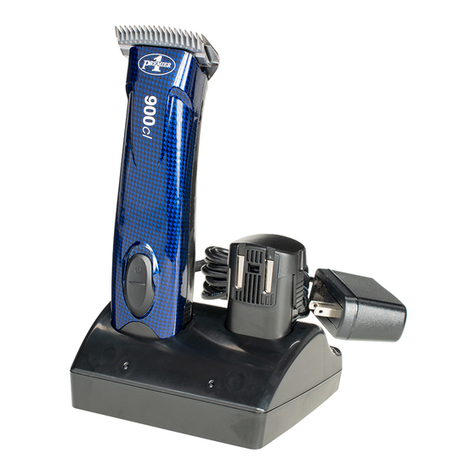
Premier
Premier 900cl Product manua

Diamond
Diamond AL1TB/H2-R2 Installation, Operating and Maintenance Instruction

Salva
Salva IVERPAN FC-18 User instructions

Hussmann
Hussmann Rear Roll-in Dairy Installation & operation manual

Cornelius
Cornelius IDC PRO 255 Service manual

Moduline
Moduline HSH E Series Service manual

MINERVA OMEGA
MINERVA OMEGA DERBY 270 operating instructions
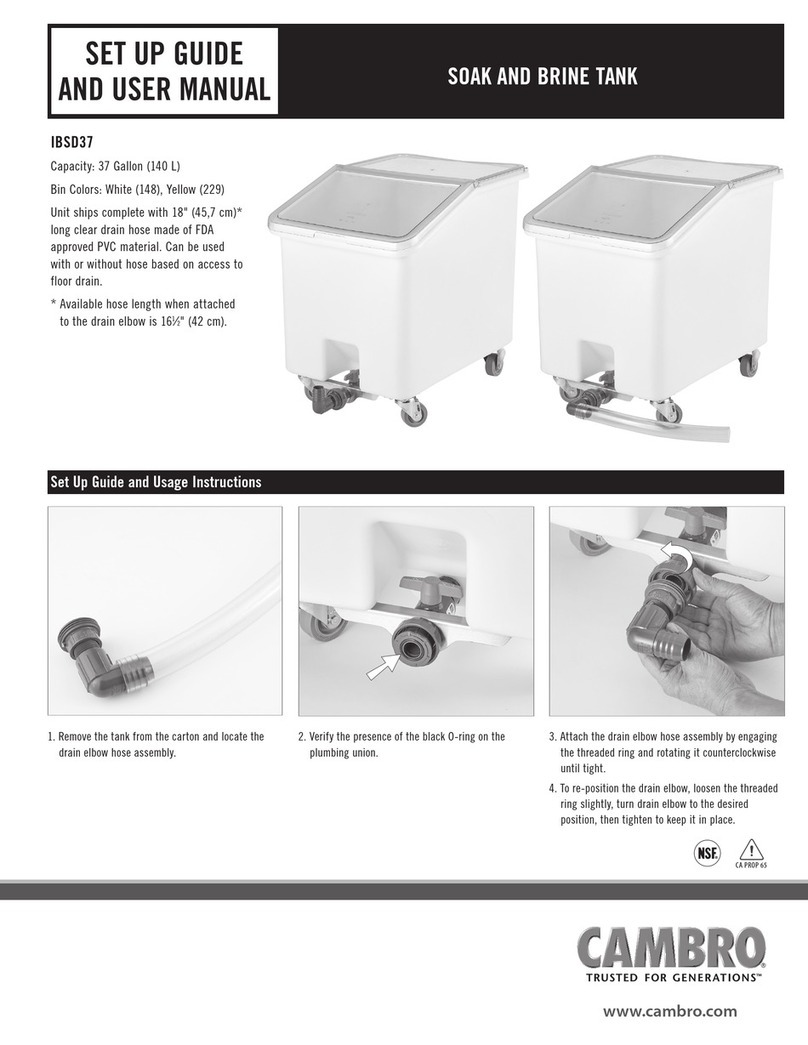
Cambro
Cambro IBSD37 Setup guide and user manual
